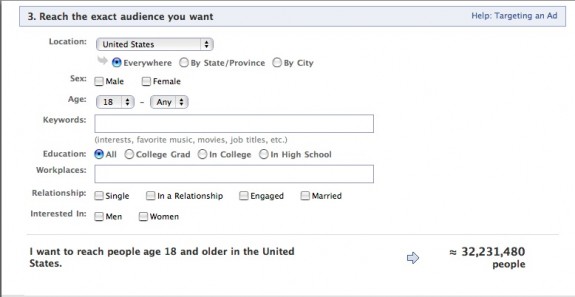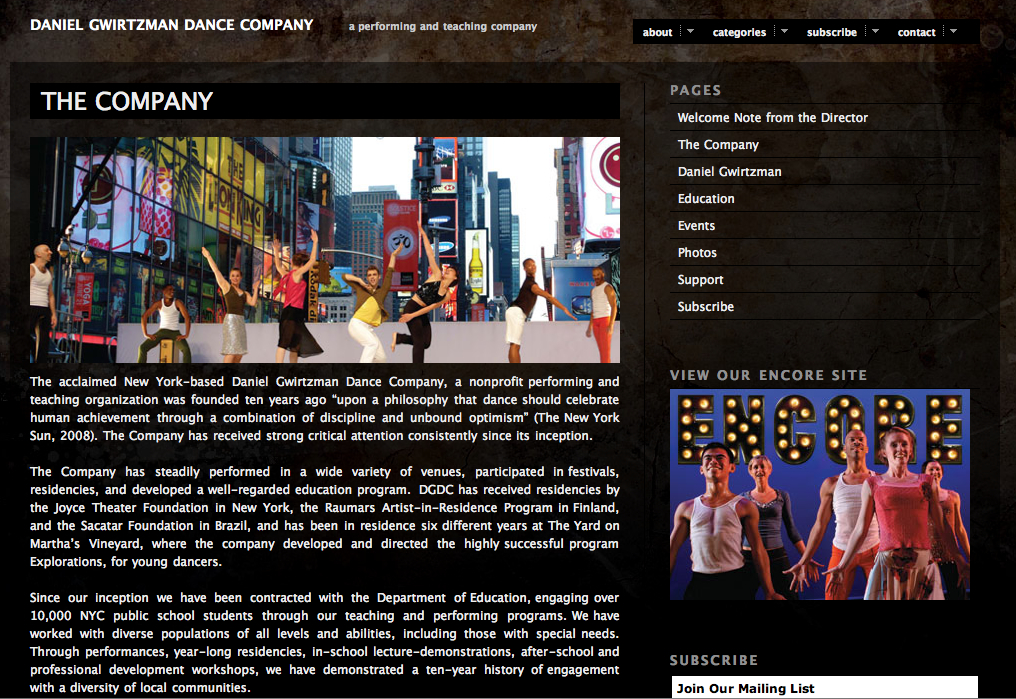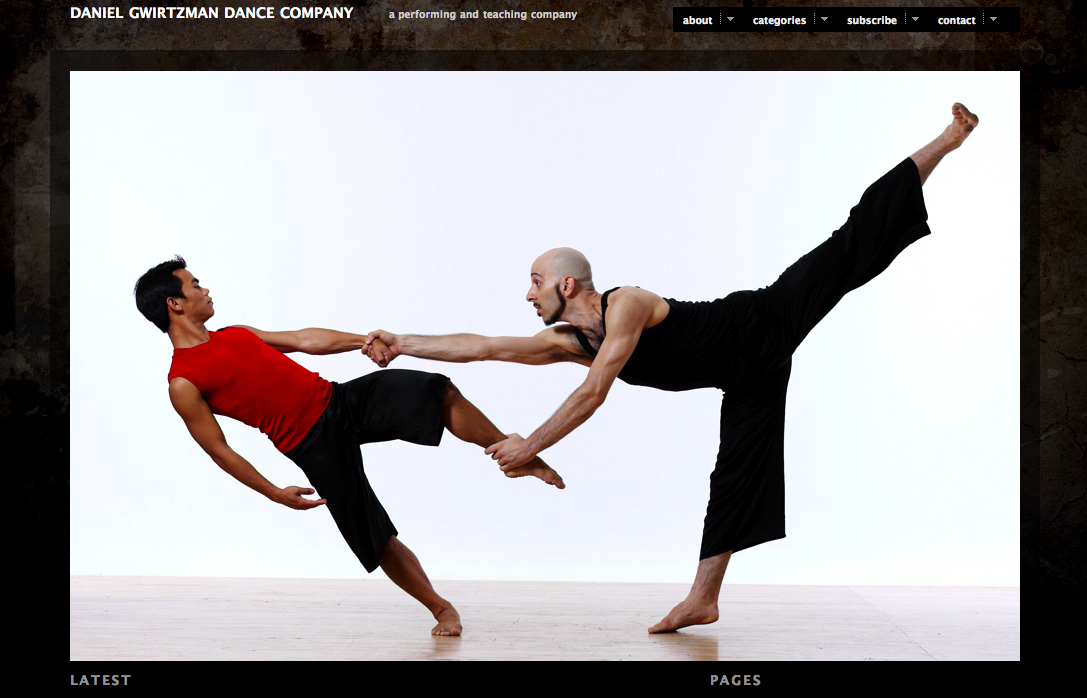
The Nepal earthquake was the deadliest earthquake to strike the region during our lifetimes. With a perspective of hope and optimism, we are looking for ways technology is being utilized to help in the recovery efforts. From the first moments of the quake to many weeks after, we’ve seen people mobilize on the ground, and online to help organizations, individuals, and communities recover.
From day one tech companies have been making a real difference. Facebook activated the Safetycheck feature that helps people find out if their loved ones are safe. Facebook also stepped up to the fundraising raising plate. Over 750,000 people donated via Facebook, contributing over $15 million to support the International Medical Corps relief effort. Facebook donated an additional $2 million to local recovery efforts to help those in affected areas. Facebook did not act alone. Skype and WhatsApp also made call to the area free to place for days after the disaster.
More than $415 million is required for the 8 million+ people affected by the earthquake in Nepal. As of May 19th, there has been only 17% of required aid met.
To address these unmet needs, we asked “How might we support those who are committing to innovate, fundraise and help using #techforgood in Nepal?” It is in this spirit that we’ve created this resource guide.
Whether you want to get involved directly or understand how social media, crowdsourcing and technology are making a difference, we hope this is useful for you. Below is a collection of our favorite tools and efforts that are making a difference today.
Learn to map!
For Nepal, map data is key to humanitarian missions. Opensource maps are giving critical information to groups on the ground. Read about the movement of thousands joining to map around the world. MapGive helps new volunteers learn to map and get involved in online tasks.
Start an account and learn here. And make sure to take a look at the Open Streetmap in action.
Share data!
The Humanitarian Digital Exchange
Anyone can logon and share data sets about Nepal to keep the public and relief teams informed. Launched by the UN Office for the Coordination of Humanitarian Affairs, the Humanitarian Digital Exchange is an open source platform where data comes to life.
Explore
A picture is worth a thousand words. This picture, though, is likely worth alot more. Take a look at this to view the continued tremors visualized. The number of lives impacted is simply heartbreaking.
Give!
Gift guides recommend giving cash over in-kind donations. So what kind of giver are you? We’ve seen a lot of momentum being built by crowdsourcing campaigns that aim to give directly to people and combat corrupt local officials that may misuse funds. NGOs and relief groups are also very helpful. They bring years of experience and are set up to release funds before you donate so they can respond quickly.
Give to NGOS
The UN Central Emergency Response Fund (CERF) has already released $15 million to kick-start immediate life-saving relief work in Nepal. CERF receives contributions year-around so that humanitarian partners can act quickly when and where crises strike.
UNICEF is on the ground working to reach 1.7 million children and their families with critical aid in Nepal.
And via twitter, you can see direct appeals, get information & start helping very quickly.
Join the Crowdfunding
Looking to support untraditional disaster relief teams? Life IndieGoGo, Ketto.org, and #WeHelpNepal all have very successful crowdfunding campaigns to participate in and take note.
We’re also seeing individuals expand their reach by starting crowdfunding campaigns for large NGOs! By acting as ambassadors for the organizations, individuals are increasing the organizations’ impact. And it’s all based on telling personal stories that cause like minded people to take action.
Share Your Story
Let us know what you find inspiring. How are you making change? Have you seen anything noteworthy worth sharing? What ways are you using #techgood to make a difference?
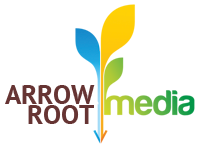





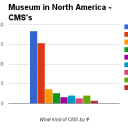




 On Sept 29th, I’ll be joining Brian McCormick and many others to talk about Dance, New Media, and Blogging at Movement Research.
On Sept 29th, I’ll be joining Brian McCormick and many others to talk about Dance, New Media, and Blogging at Movement Research.


